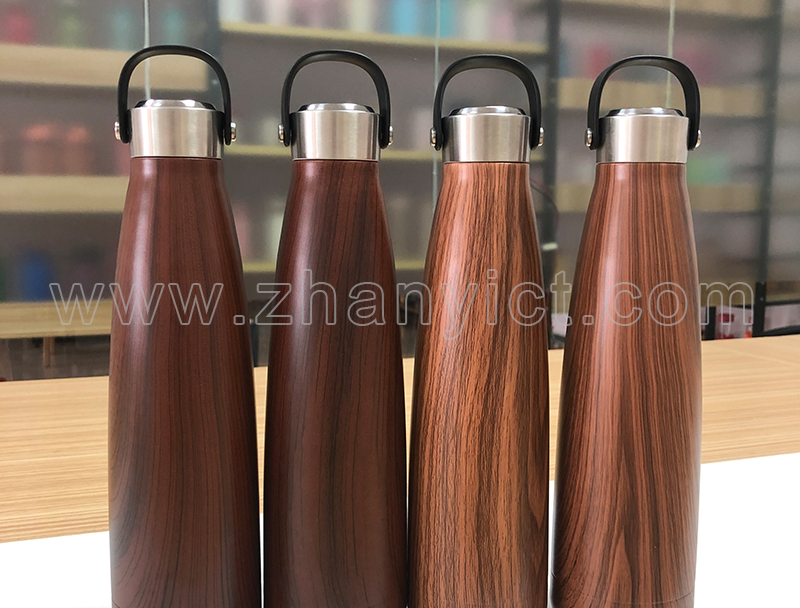Comprehensive Analysis of Printing Techniques in the Water Cup Industry (3D Embossed Pattern Implementation Chapter)
There's a story in every cup, warmth in every life. Hello everyone, "Dong Dong's Cup Talk" is here.
From the 1.0 era to today's 6.0 era, the water cup industry has undergone tremendous transformations in functionality, design, materials, patterns, and sales strategies. Today, we'll delve into the various printing techniques used in this industry. http://www.zhanyict.com/en/ProductsDetail-VB-10488.htmlAstute observers may have noticed that modern water cups feature increasingly diverse and personalized designs, each achieved through distinct printing processes. Given the depth of this topic, we'll present it in multiple chapters. If you enjoy our content, don't forget to "raise your lucky little hands" and give us a thumbs-up!
In water cup manufacturing, the choice of printing technique directly impacts product aesthetics, durability, and market competitiveness. Different materials (stainless steel, plastic, glass) have unique requirements for printing processes, http://www.zhanyict.com/en/ProductsDetail-VB-10488.htmlwhile design complexity (single-color logos, photorealistic images, embossed textures, etc.) further influences technique compatibility. In this chapter, we'll systematically analyze core printing technologies from four perspectives: process principles, material compatibility, 3D effect implementation, and adhesion assurance.
III. 3D Embossed Effect Implementation: Hydrographic Printing vs. Heat Transfer Printing
1. Hydrographic Printing (3D Embossing Technique)
- Technical Core:
- Utilizes multi-layer transfer film stacking, with each ink layer thickness ranging 0.05-0.1mm.
- During post-curing, http://www.zhanyict.com/en/ProductsDetail-VB-10488.htmlUV irradiation causes localized expansion to create tactile depth variations.
- Applications:
- Imitation leather textures
- Embossed logos (height up to 0.3mm)
2. Heat Transfer Printing (3D Embossing Technique)
- Technical Core:
- Transfer film contains a pre-coated micro-foaming layer that expands under heat to form 3D effects.
- Pressure control achieves embossed layers ranging 0.1-0.5mm in height.
- Applications: http://www.zhanyict.com/en/ProductsDetail-VB-10488.html
- Anti-slip grip patterns on sports water bottles
- Imitation metal embossed lettering
(To be continued in the next chapter: "Special Effects and Durability Testing")
Key Takeaways:
- Hydrographic printing excels in fine-textured, medium-relief designs.
- Heat transfer printing is better suited for high-relief, functional patterns requiring durability. http://www.zhanyict.com/en/ProductsDetail-VB-10488.html
- Material limitations apply (e.g., Tritan cannot withstand high-temperature heat transfer).
Which 3D effect do you prefer? Share your thoughts in the comments!

There are stories in the cup, and life has warmth. Use the right cup and choose the right factory. We have dozens of patented cup and pot products and provide OEM services to the world. We have dozens of professional engineers who provide cup and pot product development services to the world. We have multiple complete current cup and pot product production lines to provide OEM services to the world. Dongguan Zhan Yi Commodity Technology Co.,Ltd. attaches great importance to contracts and quality. We welcome global merchants to conduct on-site factory inspections and in-depth cooperation.